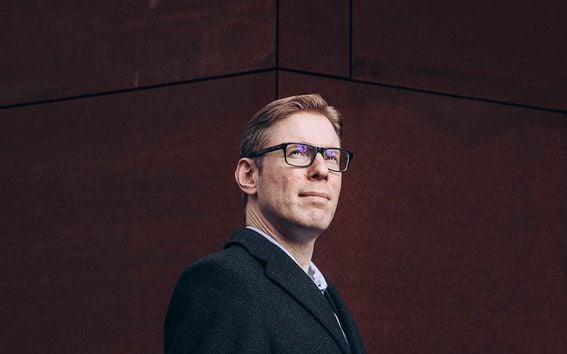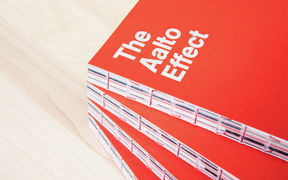The development of health technology thrives thanks to cooperation

Markus Mäkelä, Executive in Residence:
I lead the Aalto Health Platform, which connects companies, healthcare providers and other actors of society with the more than 90 research groups in Aalto’s health and wellbeing sector. The sector involves the development and design of technologies, processes and facilities which are, at times, very significant for human health. These include, for example, devices used for brain imaging, new implant materials for surgery, innovative hospital architecture, and research methods for neuroscience, a field of study at the Helsinki University of Technology and Aalto for more than 40 years.
One of the most interesting innovations from recent years is a neurosurgical instrument developed by Surgify Medical; the instrument prevents damage to nerves and veins during operations. Aalto’s researchers developed this technology in cooperation with HUS and the world-famous neurosurgeon Juha Hernesniemi.
In addition to developing technology, researchers also produce information that supports decision-making in organisations and throughout society. For example, industrial engineering and management researchers have been involved in planning the national social welfare and healthcare system.
Artificial intelligence (AI) and machine learning, too, open up many opportunities for patient work. For example, the sometimes difficult diagnoses of rare diseases are sped up when computers are trained, using large amounts of data, to support doctors in decision-making.
As the population ages, the costs of and needs for healthcare increase. We live longer and end up being ill for longer times. In the future, cost savings will be achieved as medical care is individualised. Artificial intelligence will enable the more precise selection of treatments based on factors such as the patient’s genome, and this will make treatments more effective. With AI, we can also identify patients that are susceptible to chronic diseases and then attempt to significantly reduce the incidence of such diseases through lifestyle changes. Here at Aalto, our AI expertise, which is among the best in Europe, is integrated with biomedical research and applications.
I represent Aalto in the Health Capital Helsinki alliance (HCH), which promotes business in the life sciences and health technology sectors. We initially established the alliance together with HUS, the University of Helsinki and the City of Helsinki. Now it also includes the Laurea, Metropolia and Haaga-Helia universities of applied sciences and the City of Espoo. Numerous companies have participated in the alliance’s various projects.
HCH brings together companies, public administration and research institutes within the metropolitan area. One aim is also to attain increasing involvement from large foreign companies. Entrepreneurs benefit from services provided by, for example, the health-accelerator track of the HCH organisations: Spark Finland and Biodesign Finland, both brought from Stanford University, and Terkko Health X.
From clean energy to personalized medicine – a book about the power of the university
The Aalto Effect is a tribute to the ambitious and uncompromising work of dozens of researchers.

Read more news

DeployAI Partners Gather for Heart Beat Meeting in Helsinki
The European DeployAI project's partners gathered for the Heart Beat meeting hosted by Aalto University Executive Education in Helsinki.
Get to know us: Associate Professor Maria Sammalkorpi
Sammalkorpi received her doctorate from Helsinki University of Technology 2004. After her defence, she has worked as a researcher at the Universities of Princeton, Yale and Aalto.
Aalto computer scientists in ICML 2024
Computer scientists in ICML 2024